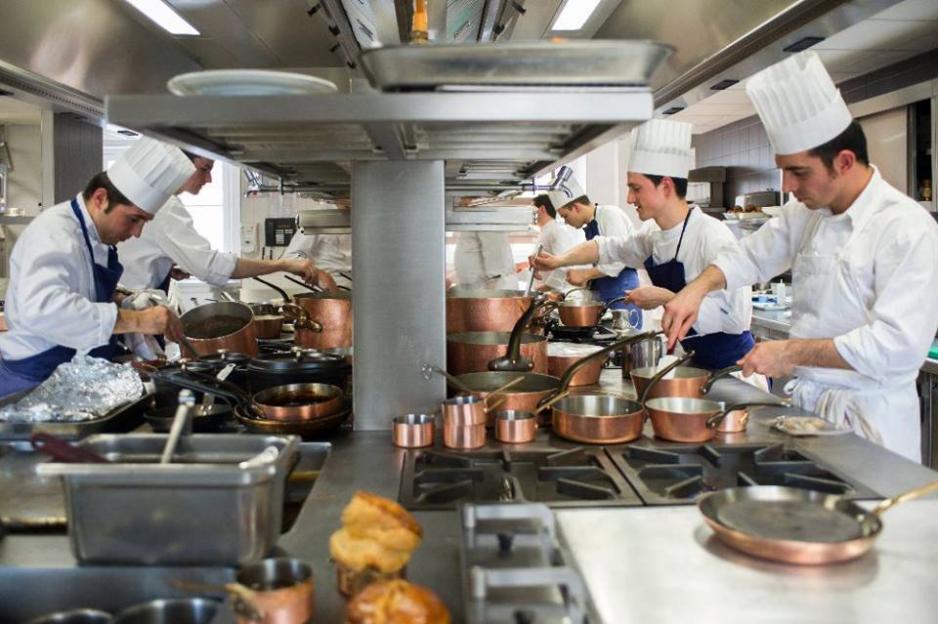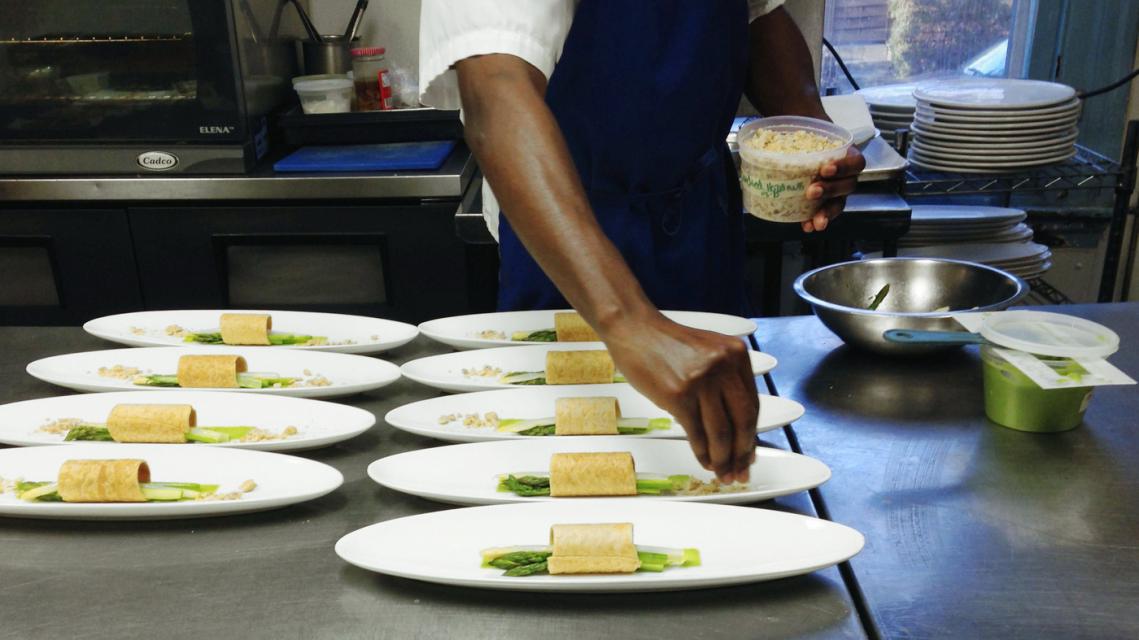How Can Chefs Use Satellite Data to Identify Water Leaks?
Water leaks are a common problem in commercial kitchens, leading to wasted water, increased utility bills, and potential damage to property. The foodservice industry has a significant impact on water consumption, and it is essential to find innovative ways to conserve water and promote sustainability.

Satellite data, collected from satellites orbiting the Earth, has emerged as a potential solution for identifying water leaks in commercial kitchens. This technology offers a unique perspective, enabling chefs and kitchen managers to monitor water usage and detect leaks with greater accuracy and efficiency.
Understanding Satellite Data
Satellite data is collected using various sensors mounted on satellites orbiting the Earth. These sensors can measure different aspects of the Earth's surface, including temperature, vegetation health, soil moisture levels, and water usage patterns.
Types Of Satellite Data
- Optical Satellite Data: Optical satellites use visible and infrared light to capture images of the Earth's surface. This data can be used to monitor vegetation health and detect changes in land cover.
- Thermal Satellite Data: Thermal satellites measure the temperature of the Earth's surface. This data can be used to identify areas with high water usage, as water has a higher heat capacity than other materials.
- Radar Satellite Data: Radar satellites use radar waves to measure the Earth's surface. This data can be used to penetrate clouds and vegetation, making it useful for monitoring soil moisture levels.
Advantages And Limitations Of Satellite Data
- Advantages: Satellite data provides a comprehensive view of large areas, allowing for the identification of water leaks that may be difficult to detect through traditional methods. It is also non-invasive and does not require physical access to the kitchen.
- Limitations: Satellite data can be expensive to acquire and may require specialized software and expertise to analyze. Additionally, cloud cover and atmospheric conditions can affect the quality and accuracy of the data.
Applications Of Satellite Data In Water Leak Detection
Satellite data can be used in various ways to identify water leaks in commercial kitchens.
Identifying Areas With High Water Usage
- Satellite data can be used to monitor water consumption patterns in commercial kitchens. By analyzing historical data, chefs can identify areas with unusually high water usage that may indicate a leak.
- Satellite data can also be used to compare water usage patterns between different kitchens or locations, helping to identify potential inefficiencies or leaks.
Analyzing Soil Moisture Levels
- Satellite data can be used to measure soil moisture levels around commercial kitchens. By monitoring changes in soil moisture over time, chefs can identify areas with abnormally high soil moisture levels that may suggest a leak.
- This method is particularly useful for detecting leaks in underground pipes or irrigation systems that may not be visible on the surface.
Monitoring Vegetation Health
- Satellite data can be used to assess the health of vegetation near commercial kitchens. Stressed vegetation may indicate a leak, as water leaks can alter soil moisture levels and nutrient availability.
- By monitoring vegetation health, chefs can identify potential leak areas and take steps to address the issue before it causes significant damage.
Case Studies And Success Stories

Several chefs and kitchen managers have successfully used satellite data to identify water leaks in their commercial kitchens. Here are a few examples:
- Chef John Smith: Chef Smith used satellite data to identify a water leak in his restaurant's kitchen. The leak was located in an underground pipe, and it had been causing significant water damage to the property. By using satellite data, Chef Smith was able to pinpoint the exact location of the leak and have it repaired quickly.
- Kitchen Manager Jane Doe: Jane Doe, the kitchen manager of a large catering company, used satellite data to monitor water usage patterns in her kitchen. She identified several areas with unusually high water usage, which led her to discover a faulty dishwasher that was leaking water. By addressing the leak promptly, Jane Doe saved her company thousands of dollars in water bills.
Implementation And Practical Considerations
Implementing satellite data technology for water leak detection involves several steps.
- Data Acquisition: Chefs and kitchen managers can purchase satellite data from various providers. The cost of the data will depend on the resolution, coverage area, and frequency of updates.
- Data Analysis: The acquired satellite data needs to be analyzed to identify potential water leaks. This can be done using specialized software and tools that are designed for processing and interpreting satellite data.
- Ground Verification: Once potential leak areas have been identified using satellite data, ground verification is necessary to confirm the presence of a leak. This may involve visual inspection, moisture sensing equipment, or other methods to locate the exact source of the leak.
Challenges And Limitations
- Cost: The cost of satellite data and the software required for analysis can be a barrier for some chefs and kitchen managers.
- Data Interpretation: Interpreting satellite data requires specialized knowledge and expertise. Chefs may need to hire consultants or experts to help them analyze the data and identify potential water leaks.
- Accuracy: The accuracy of satellite data can be affected by factors such as cloud cover, atmospheric conditions, and the resolution of the data.

Satellite data offers a valuable tool for chefs and kitchen managers to identify water leaks in commercial kitchens. By monitoring water usage patterns, analyzing soil moisture levels, and assessing vegetation health, chefs can proactively detect leaks and take steps to address them promptly. This can lead to significant cost savings, reduced water consumption, and improved sustainability in the foodservice industry.
As satellite data technology continues to advance, it is likely to play an increasingly important role in water leak detection and conservation efforts in commercial kitchens and beyond.
YesNo

Leave a Reply